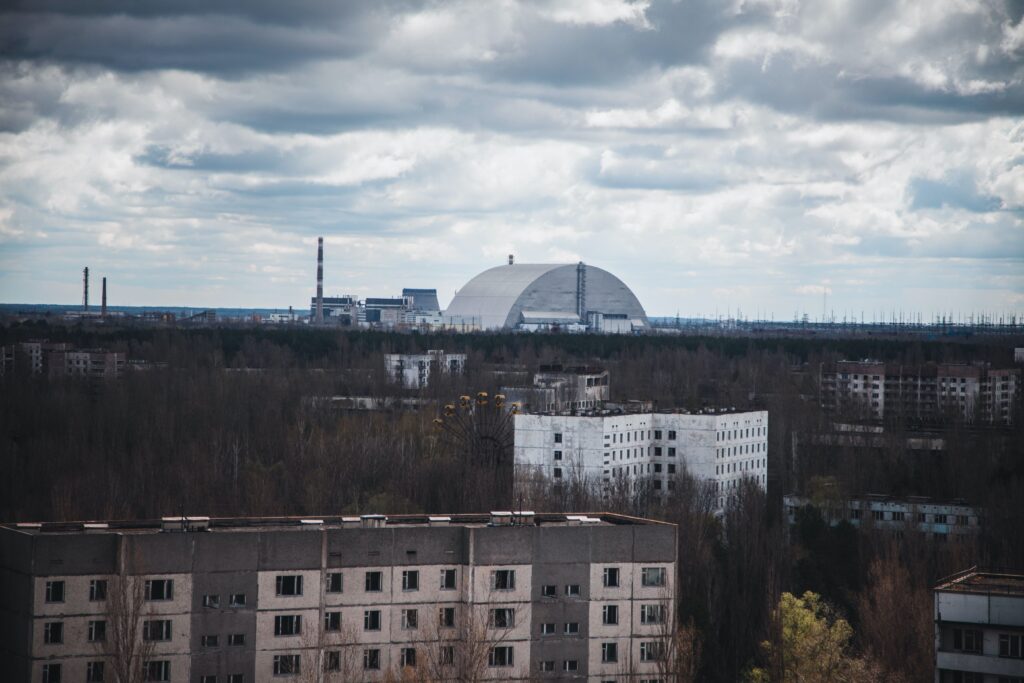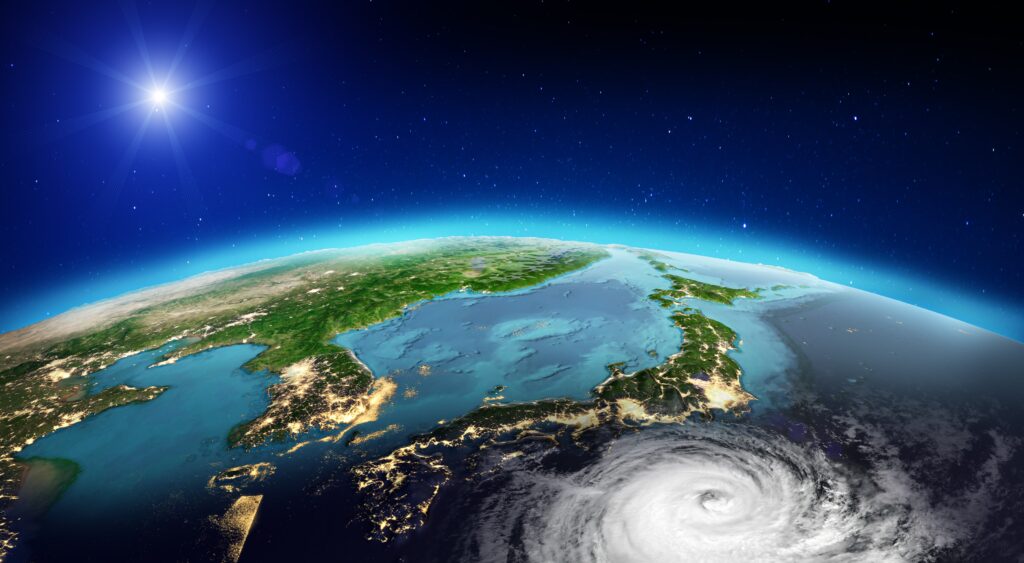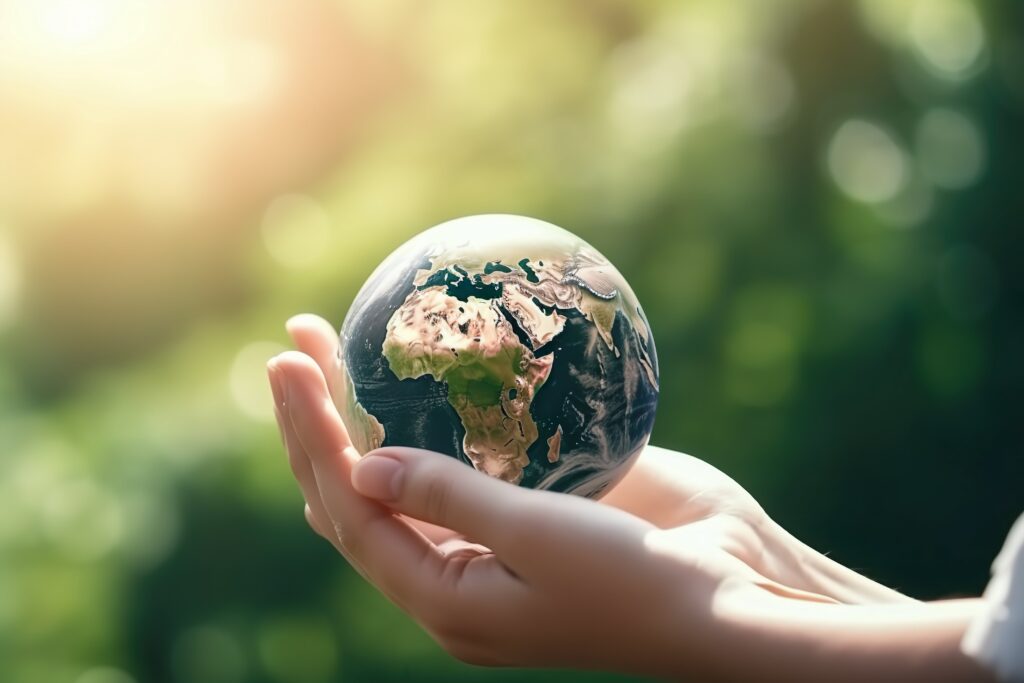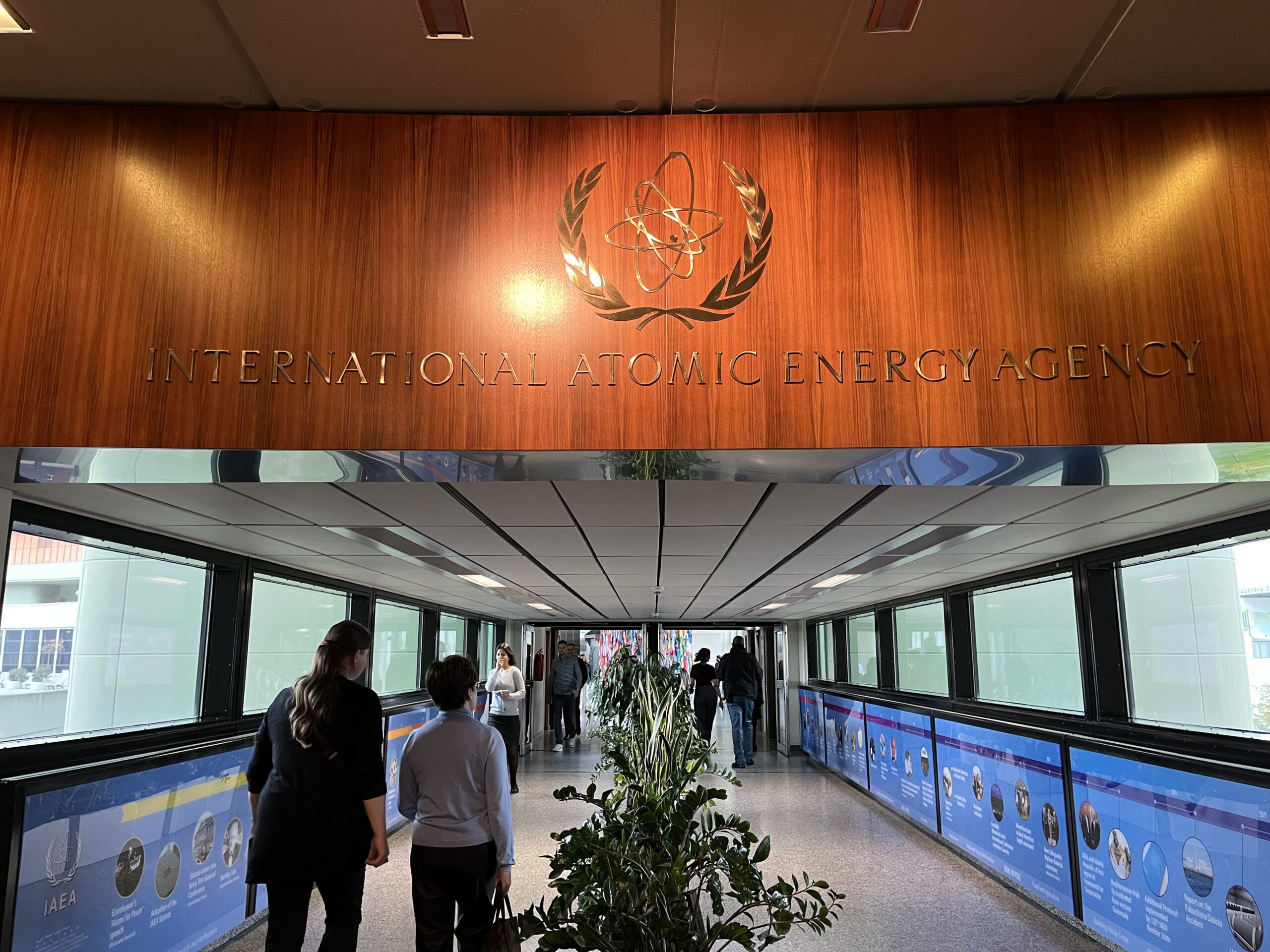Hello, everyone. My name is Daichi, an expert providing the information about the radiation issues in an easy-to-understand manner.
So far this article covered the history of the IAEA toward its establishment, this article covered the overview of its organization and activities of the IAEA, and this article covered more specific activities, especially focusing on the IAEA Safety Standards.
As a continuous work from the previous article, this article covers the IAEA’s activities relevant to the environmental restoration outside the premise of nuclear power stations (sometimes called ‘off-site’), which have been covered in this blog, other than organizing meetings and development of documents, followed by brief explanation of IAEA’s future activities to summarize a series of articles.
In other words, this article will cover the following questions:
– What kind of activities does the IAEA implement, other than organizing meetings and development of documents?
– What are the future activities of the IAEA?
Table of contents of this article
- (What are ist future activities?) What is the IAEA? (Vol. 4)
- Other activities of the IAEA
- Uranium mining site
- Nuclear test site, military facility
- Future activities of the IAEA
- Global trends regarding nuclear power generation
- Countermeasures against climate change
- Achievement of the Sustainable Development Goals
- Contribution of Japan to the activities of the IAEA
- Summary
I have been involved with the radiation-relevant issues, like the policy on the decontamination activities and the management of the Interim Storage Facility, after the accident of the Fukushima Daiichi Nuclear Power Plant in 2011.
I received a doctorate in the field of radiation, while working in Fukushima.
(What are ist future activities?) What is the IAEA? (Vol. 4)
First of all, of the IAEA’activities for environmental restoration outside the premise of nuclear power stations, activities other than running meetings and development of documents will be covered, followed by further brief explanation for future policy for activities of the IAEA.
Other activities of the IAEA

In Japan, the phrase ‘A wide range of envronemtal contamination’ might remind the accident of the Fukushima Daiichi Nuclear Power Station caused by the Great East Japan Earthquake, but what would happen in other countries?
First of all, a lot of people could take the accident of the Chernobyl Nuclear Power Station as an example, which happened in the former Soviet Union (Ukraine at present) in 1986.
Compared with the accident of the Fukushima Daiichi Nuclear Power Station, the amount of released radioactive materials and contaminated areas were much much larger, and as is the case of the accident of the Fukushima Daiichi Nuclear Power Station, a lot of people were forced to evacuate.
Moreover, a lot of people were suffered from health problems caused by exposure to radiation, such as thyroid cancer.
However, there are other examples of the environmental contaminaion in the world, although the scale is not so large like the case of the Chernobyl accident.
Uranium mining site

In the world, around 50,000 tons of uranium are produced every year, for example, in Kazakhstan, Namibia and Canada (Reference: Website of the World Nuclear Association), the negative health effect on workers and people, who work/live on and around uranium mining sites, which are both in operation and after their closure.
For example, the IAEA established the project named CGULS(Coordination Group for Uranium Legacy Sites), and seconds missions especially to the former uranium mining sites in Central Asia countries (e.g. Kazakhstan, Kyrgyz and Tajikistan) to exchange views with government officials etc, and contributes to environmental restoration of the sites.
Nuclear test site, military facility

It is briefly touched upon in this article, but a large scale of environmental contamination was caused by nuclear test carried out all over the world, during the era of the Cold War after the World War II, and in addition, there are cases reporting environmental contamination by radioactive materials at and around military-related facilities, incluiding facilities for nuclear weapons development in earnest implemented by both the Eastern and Western Blocs.
Currently these cases rarely occur, but in case these events could happen, the IAEA organizes a team by inviting relevant experts for e.g. environmental restoration, radiation protection and treatment of radioactive waste, to exchange views with relevant governmental officials and provide necessary advice, in response to the request of the member states.
Future activities of the IAEA
At last, to sumarize a seris of articles regadring the IAEA, expected future activities of the IAEA will be covered.
Expecially here examples of efforts to address social issues will be focused on, which apparently seem to be less relevant with radition protection.
Global trends regarding nuclear power generation
In Japan, after the accident of the Fukushima Daiichi Nuclear Power Station in 2011, operation of all nuclear power plants was temporarily stopped, followed by restart of the nuclear power plants in sequence, which meet the new safety standards, therefore, dependency on nulear power in energy supply is lower than before the disaster.
On the other hand, according to the IAEA, as a whole world, it is expected that capacity of generation and amount of electricity generated, by nuclear power, are expected to increase from 2020 to 2030 and 2050 (Reference: Energy, electricity and nuclear power estimates for the period up to 2050, IAEA (2023)).
This attributes to a couple of reasons, but for example, unlike Japan facing to issues like population aging and lower birthrate, as a whole world, it is estimated that the population will continue to increase and reach 9.8 billion in 2050, and that energy demand per person will also continue to increase even much further, due to the improvement of life standard of people.
In addition, actually there are countries, which are increasing the dependence on nuclear power generation for energy supply in the countries, taking into account the risk for the depletion of fossil fuels like crude oil in the future.
Actually, it became a hot topic that the Barakah Nuclear Power Station started its operation for the first time in Arabic countries in UAE in 2020.
Countermeasures against climate change

Climate change has caused a variety of issues worldwide, including a rise in temperature, an increase of frequency of disasters as well as expansion of their scale, rise of sea level and negative impact on ecosystem, food production as well as water resources, due to the increase of concentration of greenhouse gases in the atmosphere, and their adverse effects have got worse and worse year by year.
To address these issues, as a common target in the world, ‘to keep the average temperature rise in the atmosphere well lower than by 2 degrees Celsius compared to pre-industrial levels and to keep making an effort to purse by 1.5 degrees Celsius’ has been aimed at, and Japan adopted a target to reduce greenhouse gases by 46% in 2030 compared with 2013, and to realize complete carbon neutral in 2050.
The IAEA plays a role to promote a safe introduction of nuclear power, as one of the alternatives for power generation using fossil fuels, toward mitigating and solving the climate change issues.
Plese refer to this website for information about measures for climate change taken by the IAEA.
Achievement of the Sustainable Development Goals

More active contribution by the IAEA, toward the achievement of the 17 Sustainable Development Goals, which were adopted during the UN Sustainable Development Summit in September 2015, to be achieved to realize the sustainable world, in the field of, for example, food, medicine, water resource and preservation of ecosystem, through application of nuclear technology including nuclear power generation.
Please refer to this website for information about contribution of the IAEA toward achievement of the Sustainable Development Goals.
1: No Poverty
2: Zero hunger
3: Good health and well-being
4: Quality education
5: Gender equality
6: Clean water and sanitation
7: Affordable and clean energy
8: Decent work and economic growth
9: Industry, Innovation and Infrastructure
10: Reduced inequality
11: Sustainable cities and communities
12: Responsible consumption and production
13: Climate action
14: Life below water
15: Life on land
16: Peace, justice and strong institutions
17: Strengthen the means of Implementation and revitalize the global Partnership for sustainable development goals
Contribution of Japan to the activities of the IAEA

Although it can’t be said simply, due to the technology progress, but if the number of nuclear power stations could further increase toward the future in the world, possibility would rise, that accidents of nuclear power station could happen, followed by contamination in the surrounding environment.
In addition, in some places, risk for nuclear power plants to be made impacted, needs to be taken into account, because large scale conflicts still continue even now all over the world.
In this regard, Japan can contribute to address these issues from a lot of aspects, because it experienced exposure caused by atomic bombs during the World War II, and the Great East Japan Earthquake as well.
Specifically, I think, that Japanese measures and experiences need to be kept disseminated to the world, directly or through the IAEA, in order to prevent these wars and accidents, as well as resulting large-scale environmental contamination from happening again, and to minimize the adverse effects, in case they could actually happen.
Summary
So far The IAEA has been elaborated in a four series of articles.
The IAEA could have been well-know also in Japan, through reports for release of the ALPS treated water into ocean, arising from decommissioning procedures of the Fukushima Daiichi Nuclear Power Station, but its activities range into a variety of fields.
I am happy if they could be an opportunity to let as many people as possible know the IAEA’s activities.
By the way, above-mentioned contents are summarized in the following videos.
It would be appreciated to visit them at your convenience.
– Japanese version
– English version
You can read the same article in Japanese here.
Thank you very much for reading this article.
See you next time!



コメント